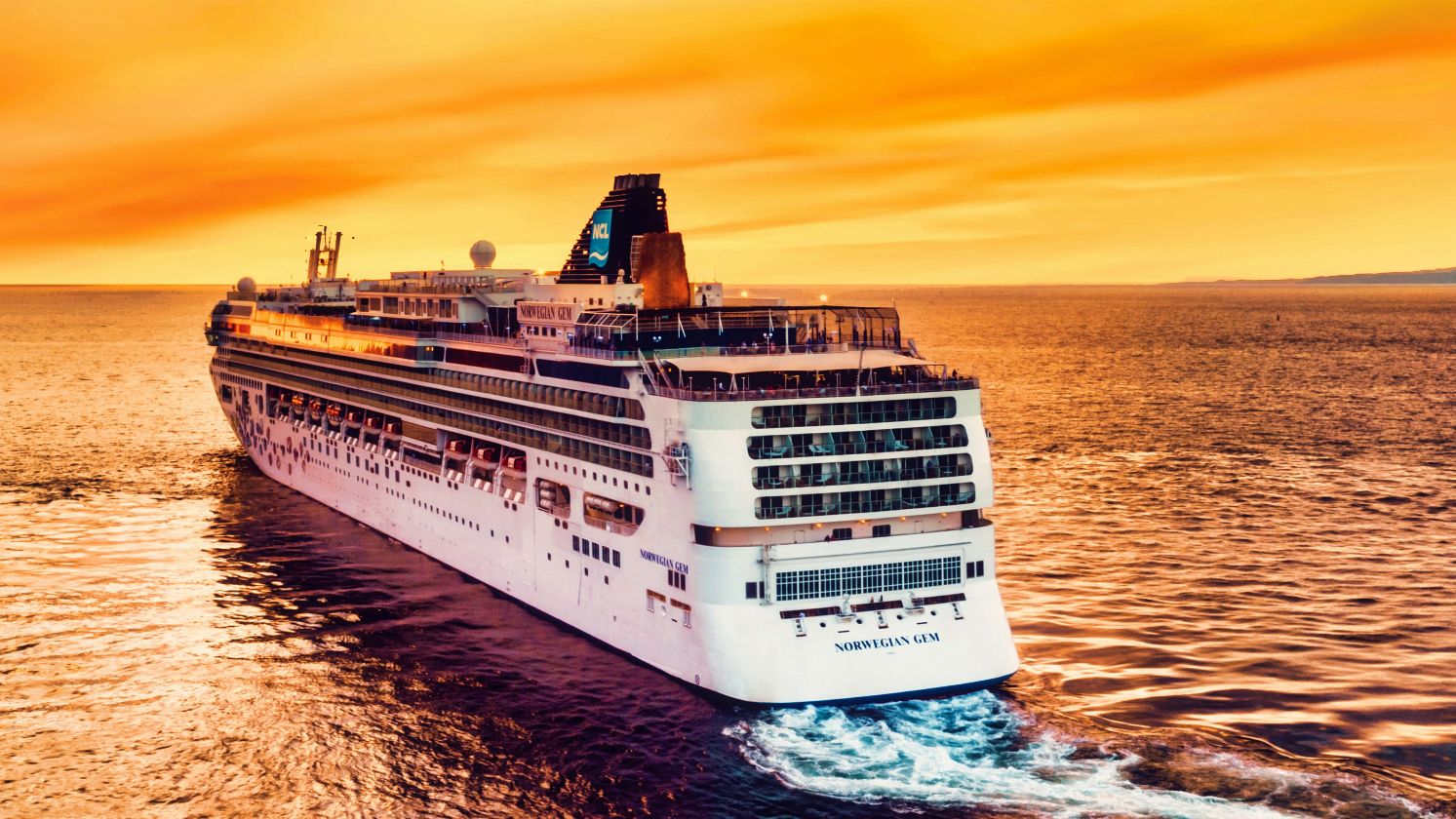When Tight Spaces Meet Long Flights
Have you ever felt that jolt of panic when the airplane door clicks shut and suddenly the cabin feels way too small? You’re not alone. Flying can trigger claustrophobia in ways that catch even seasoned travelers off guard. However, there are ways to spot the signs early and handle them before they take off. Let’s begin with the 10 most common symptoms of claustrophobia mid-flight.
1. Overwhelming Sense Of Doom
A hallmark symptom of claustrophobia manifests as an intense, overwhelming sense of impending doom in confined spaces, persisting even when patients rationally understand their safety. This psychological disconnect can rapidly escalate into full-blown panic attacks.
2. Shortness Of Breath Or Difficulty Breathing
Feeling trapped on a plane can trick your body into panic mode. The mind signals danger, and suddenly each breath feels harder to take. Even though the cabin air is normal, the fear of being confined can make breathing feel impossible.
3. Excessive Sweating
While sweating normally helps our bodies respond to physical threats, claustrophobia hijacks this natural defense mechanism. It triggers excessive perspiration at the mere thought of being trapped. This unwanted dampness often intensifies the anxiety.
4. Trembling Or Shaking
Ever noticed your hands and legs start to shake when you're squeezed into a tight space? That trembling sensation is actually your body's ancient survival system kicking in, releasing adrenaline as part of the fight-or-flight response. It's a classic sign of claustrophobia.
5. Difficulty Speaking Or Vocal Paralysis
Speaking grows challenging when claustrophobia peaks and anxiety constricts the throat. Panic clouds your thinking and makes words hard to form. The ability to express what's happening or request assistance fades right when you need it desperately.
6. Irritability Or Sudden Mood Swings
Mood can shift without warning—calm turns to anger, sadness, or frustration. Emotional control weakens under pressure, and even minor inconveniences feel magnified. These unpredictable reactions often confuse both the passenger and those around them during flights.
7. Nausea
The onset of claustrophobia-induced nausea in crowded spaces typically begins with a subtle "butterflies in the stomach" sensation before progressing to more severe digestive disruption. As the stress response intensifies, it can escalate into full nausea symptoms.
8. Chest Tightness Or Pain
That crushing chest pain and tightness you experience might feel exactly like a heart attack, sending many worried people straight to the emergency room. Yet doctors often discover a healthy heart, and point to the true culprit: claustrophobia.
9. Hot Flashes Or Sudden Chills
Temperature regulation goes haywire when claustrophobia kicks in. Burning heat washes over you suddenly, then cold shivers take over moments later. The room’s temperature stays the same—it’s your nervous system reacting to perceived confinement.
10. Feeling Detached From Reality
The world suddenly feels like a movie set—familiar objects appear strangely artificial and distant. The brain's stress response can create this temporary disconnect, making surroundings seem unreal while triggering confusion and difficulty concentrating during intense moments of panic.
Now that we’ve looked at the common signs of claustrophobia during a flight, let’s explore practical ways to ease those feelings.
1. Choose An Aisle Seat
Booking an aisle seat makes a real difference for anxious fliers. You can stand up whenever needed without disturbing seatmates. Movement helps dissipate nervous energy before it builds into panic. The open aisle beside you also creates breathing room that the middle and window seats lack completely.
 Mohammad Arrahmanur on Unsplash
Mohammad Arrahmanur on Unsplash
2. Practice Diaphragmatic Breathing
When flight anxiety tightens its grip, the ancient wisdom of diaphragmatic breathing offers a powerful antidote. This calming technique involves drawing slow breaths through the nose, holding briefly, then releasing through the mouth.
3. Visualize An Open Space
As the cabin walls seem to draw closer, let your mind's eye transport you beyond these confines. Picture yourself stepping into a vast, serene land—perhaps a sweeping beach or expansive park. The technique creates a powerful sense of spaciousness.
4. Use Noise-Canceling Headphones
Cabin noise amplifies anxiety in ways most people don't realize until they block it out. Noise-canceling headphones eliminate engine roar, crying babies, and chattering passengers instantly. Creating your own quiet bubble turns the flight experience. You control what you hear, which gives your nervous system one less stressor to process.
 Westwind Air Service on Unsplash
Westwind Air Service on Unsplash
5. Focus On A Portable Puzzle
The dual challenges of flight anxiety and claustrophobia can make air travel particularly daunting, but portable puzzles offer a proven coping strategy. Whether through crosswords or Sudoku, these engaging mental exercises effectively redirect anxious thoughts and claustrophobic feelings.
6. Use A Cooling Eye Mask
As darkness gently descends behind your cooling eye mask, the world of overhead bins and cramped seats melts away into a cocoon of calm. The soothing chill creates a peaceful sanctuary to provide quiet relief while blocking out the cabin's visual bustle.
7. Sip Cold Water Slowly
Sipping cold water slowly becomes a grounding technique when anxiety builds. The cool sensation traveling down your throat pulls attention away from racing thoughts. Dry cabin air makes hydration necessary anyway, but the measured pace creates calm.
 Photo By: Kaboompics.com on Pexels
Photo By: Kaboompics.com on Pexels
8. Engage In Guided Meditation
Try using downloadable meditation apps before your flight—they work offline so you can relax anytime. Bring headphones for calming audio, or explore your airline’s meditation options. These simple tools gently shift focus from stress to calm during your journey.
9. Wear Loose, Breathable Clothing
Here's a travel pro secret that savvy flyers swear by: cotton and linen clothing choices make all the difference in the air. These breathable, loose-fitting fabrics help prevent overheating while giving you plenty of unrestricted movement.
10. Talk To A Flight Attendant
Cabin crew becomes your support system once you communicate your concerns. Flight attendants can explain turbulence, bring water, or just chat to distract you from anxiety. They're trained for these situations and genuinely want to help.

























